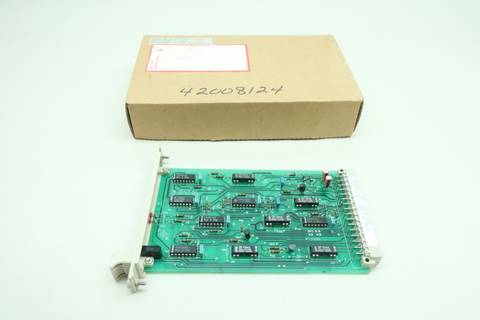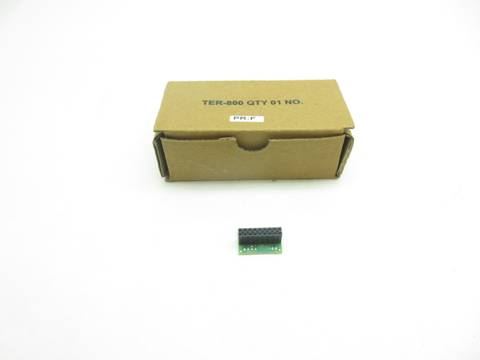ABB PCD232 3BHE022293R0101

ABB PCD232 3BHE022293R0101: A Vital Component in Industrial Automation
In the ever-evolving world of industrial automation, the ABB PCD232 3BHE022293R0101 stands out as a crucial component that enhances efficiency and reliability. This device serves as the default backup site based on the primary configuration, ensuring that operations remain uninterrupted during system failures or maintenance. Understanding its significance in electrical engineering and its technical specifications is essential for engineers and professionals working in automation and renewable energy sectors.
Technical Specifications
The ABB PCD232 adheres to the IEC60947-2 standard, which governs low-voltage switchgear and controlgear. This standard is vital in ensuring the safety and reliability of electrical devices used in industrial applications. The specifications for the PCD232 include:
- Rated operational voltage: Up to 690V AC and 1000V DC
- Rated current: Various configurations available, ensuring compatibility with a wide range of applications
- Insulation resistance: Minimum of 2 MΩ, ensuring effective insulation and operational safety
- Dielectric properties: Withstand voltage of 2500V AC for one minute
- Temperature range: Operating temperature from -25°C to +60°C, making it suitable for diverse environments
These specifications highlight the PCD232’s robust design, making it suitable for various industrial environments where reliability and safety are paramount.
Importance in Electrical Engineering
The ABB PCD232 plays a pivotal role in electrical engineering, particularly in the context of safety and efficiency in industrial settings. Its integration into automation systems facilitates:
- Improved safety: By acting as a backup system, it minimizes the risk of electrical failures that could endanger personnel and equipment.
- Enhanced reliability: The device ensures that operations can continue seamlessly, even when primary systems are compromised.
- Optimized performance: It enables engineers to design systems that are both efficient and resilient, aligning with modern industrial demands.
As industries increasingly adopt automation technologies, the importance of devices like the ABB PCD232 cannot be overstated. They provide the essential support needed for safe and efficient operations.
Applications in Industrial Automation and Renewable Energy
The versatility of the ABB PCD232 extends across various applications in both industrial automation and renewable energy sectors:
- Manufacturing: Used in assembly lines and production facilities to ensure reliability and safety during operations.
- Energy distribution: Plays a critical role in managing electrical loads and ensuring consistent power delivery.
- Renewable energy systems: Supports solar and wind energy applications by providing backup solutions during fluctuations in power generation.
Its adaptability makes the ABB PCD232 an excellent choice for engineers looking to enhance their automation systems while integrating renewable energy sources.
Conclusion
In conclusion, the ABB PCD232 3BHE022293R0101 is more than just a component; it represents a fundamental building block in the realm of industrial automation. With its adherence to IEC60947-2 standards and its versatile applications, it stands as a testament to the importance of reliability and safety in engineering practices. For more information on ABB products and solutions, visit abbpartsupply.com or check resources from the International Electrotechnical Commission.








